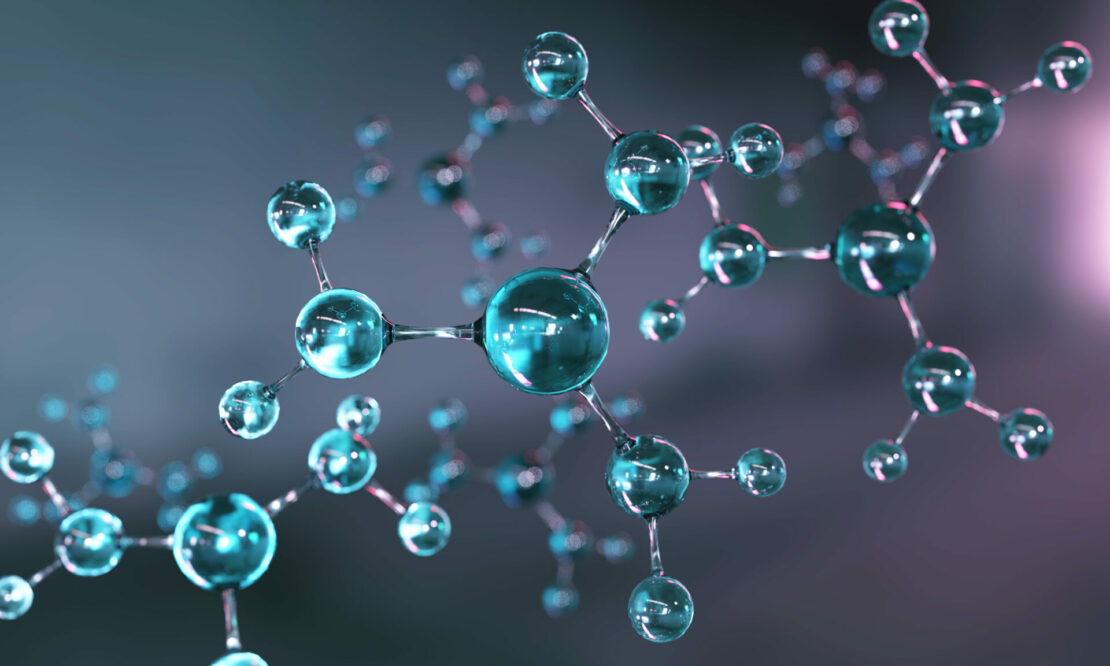
The broad area of Condensed Matter, Soft Matter, Nanoscience, Atoms and Plasmas has undergone in recent years a relevant renewal of laboratories, and a reorganization of the research activities, which coincided with an important recruitment campaign. The scientific objectives now cover the most up-to-date directions of both fundamental and high-tech research, exploiting a multidisciplinary approach strongly integrated between theory and experiment, and based on synergies between the various groups and with the research bodies of the territory, such as CNR and INFN.
The main activities can be articulated in five general lines, with strong interactions and cross intersections:
- Quantum technologies;
- Plasmas;
- Frontier photonics and electronics;
- Nanomaterials;
- Soft-matter, biosystems and complexity;
The choice of these lines is also based on the skills historically present in the Department, which has decades of experience in the fields of optics (classical and quantum) of atomic, molecular and solid-state systems, of laser physics in all its forms and of plasmas, in the study of gases of cold atoms in quantum regimes, of dielectric and magnetic spectroscopies applied to polymeric materials, and of atomic and near-field microscopies.
Quantum Technologies
Identified at European and national level as the main road for the next technological revolution, quantum technologies see the area engaged in several important directions including: the methodologies of control, simulation and manipulation of quantum information in coherent systems (both atomic and solid-state); the study of systems for quantum batteries as well as of irreversibility and aging phenomena in charge and discharge cycles; the theory of atomic interferometers and more generally of fundamental phenomena and metrological systems, the “gamification” of quantum problems, low noise Hamiltonian systems for quantum sensors and clocks; the development of reconfigurable electrical standards; the investigation of the effects of the vacuum field on chemical reactions and charge/energy transport.
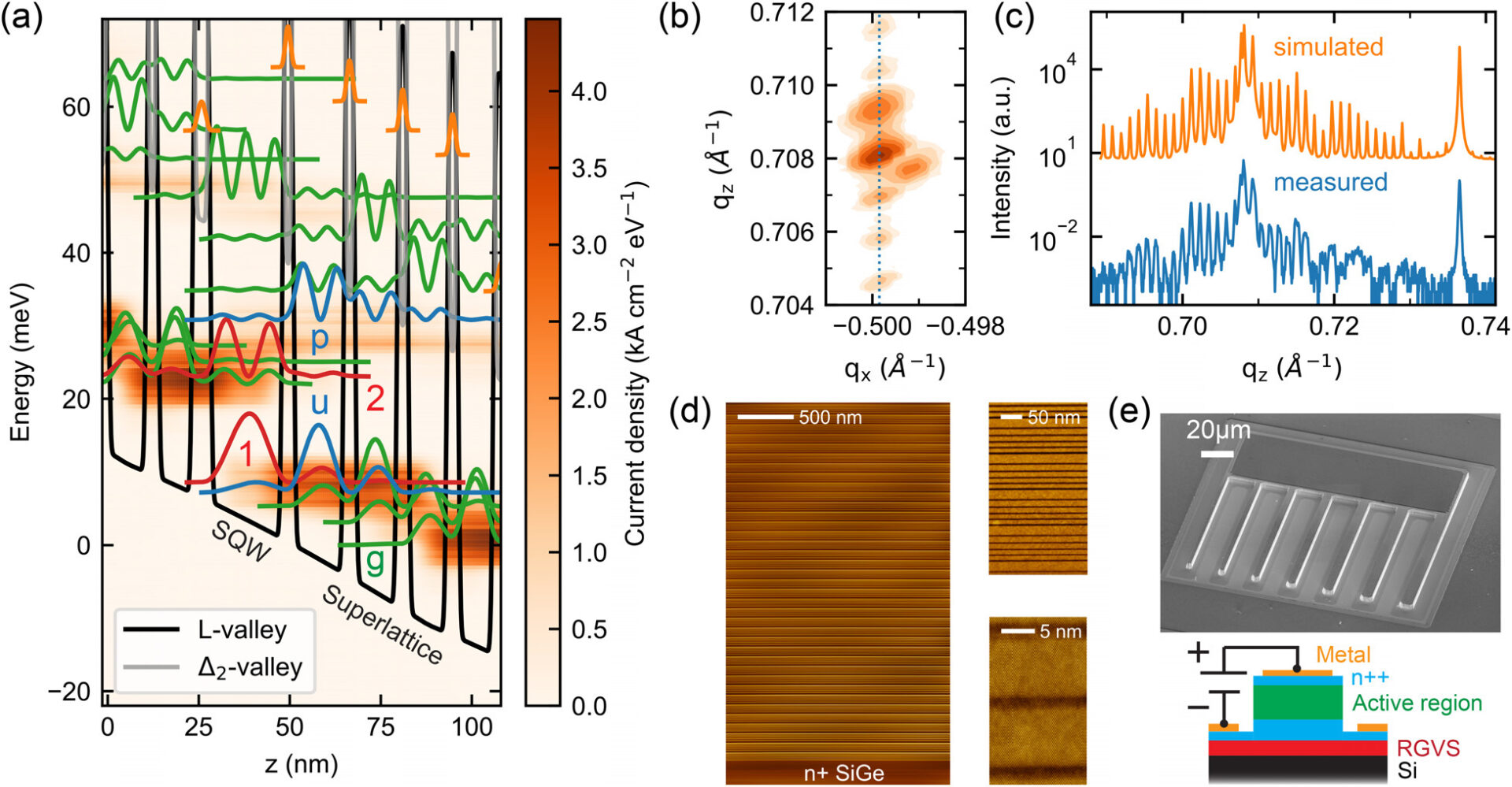
Plasmas
Plasma physics studies the collective behavior of systems of charged particles in which collisions are weak or negligible. The main research direction comprises the modeling of nonlinear dynamics of plasmas through the understanding of fundamental physical phenomena (turbulence, magnetic reconnection, “dissipative” processes, kinetic effects) that are crucial in the description of space plasmas, but also of artificial laboratory plasmas (fusion). The interaction of plasmas with high intensity electromagnetic fields, some applications (laser-plasma accelerators, plasma engines), and fluorescence techniques for experimental characterization are also studied.
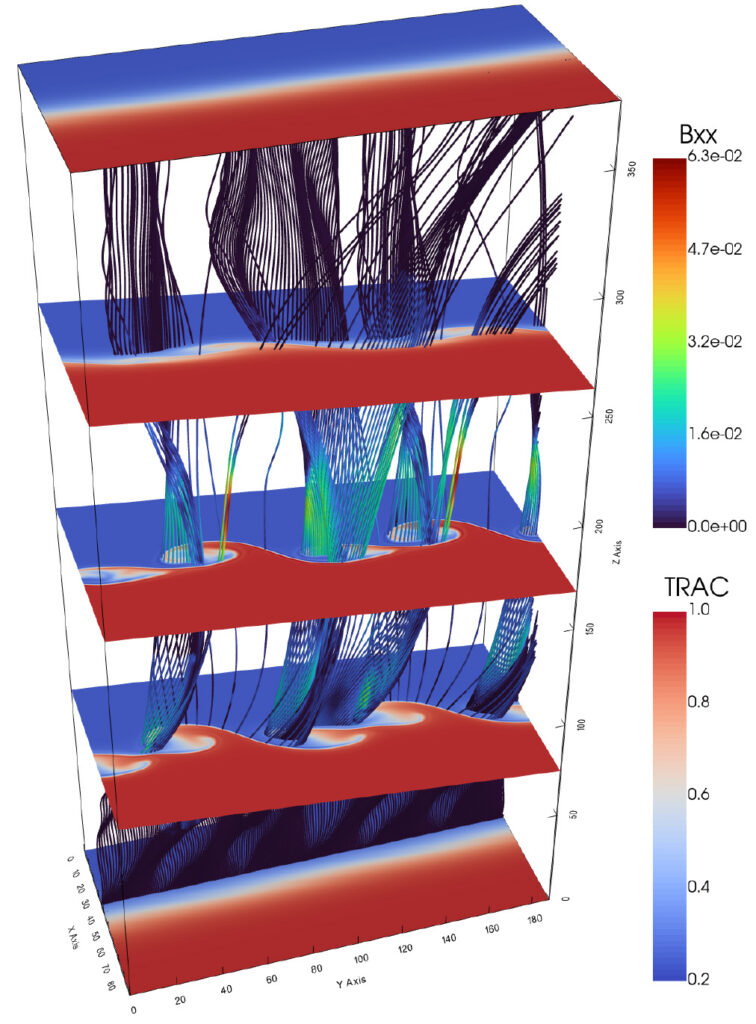
Frontier photonics and electronics
In this enabling sector driving the recent scientific/technological progress, research is aimed at the development of innovative devices (sources, detectors, modulators, etc.) operating in spectral regions not yet exploited (e.g. terahertz and sub-mm, between electronics and photonics), at the growth and study of crystals for laser cooling and the realization of solid-state sources for metrological applications, at the implementation of advanced opto-electronic sensors (fiber sensors, gyroscopes, inertial sensors, etc.. ), at the study of classical and quantum optomechanical micro and nanosystems, at the development of organic optical/electronic devices, flexible or in disordered systems, at investigating electronics in low dimensional materials and in hybrid mesoscopic systems.
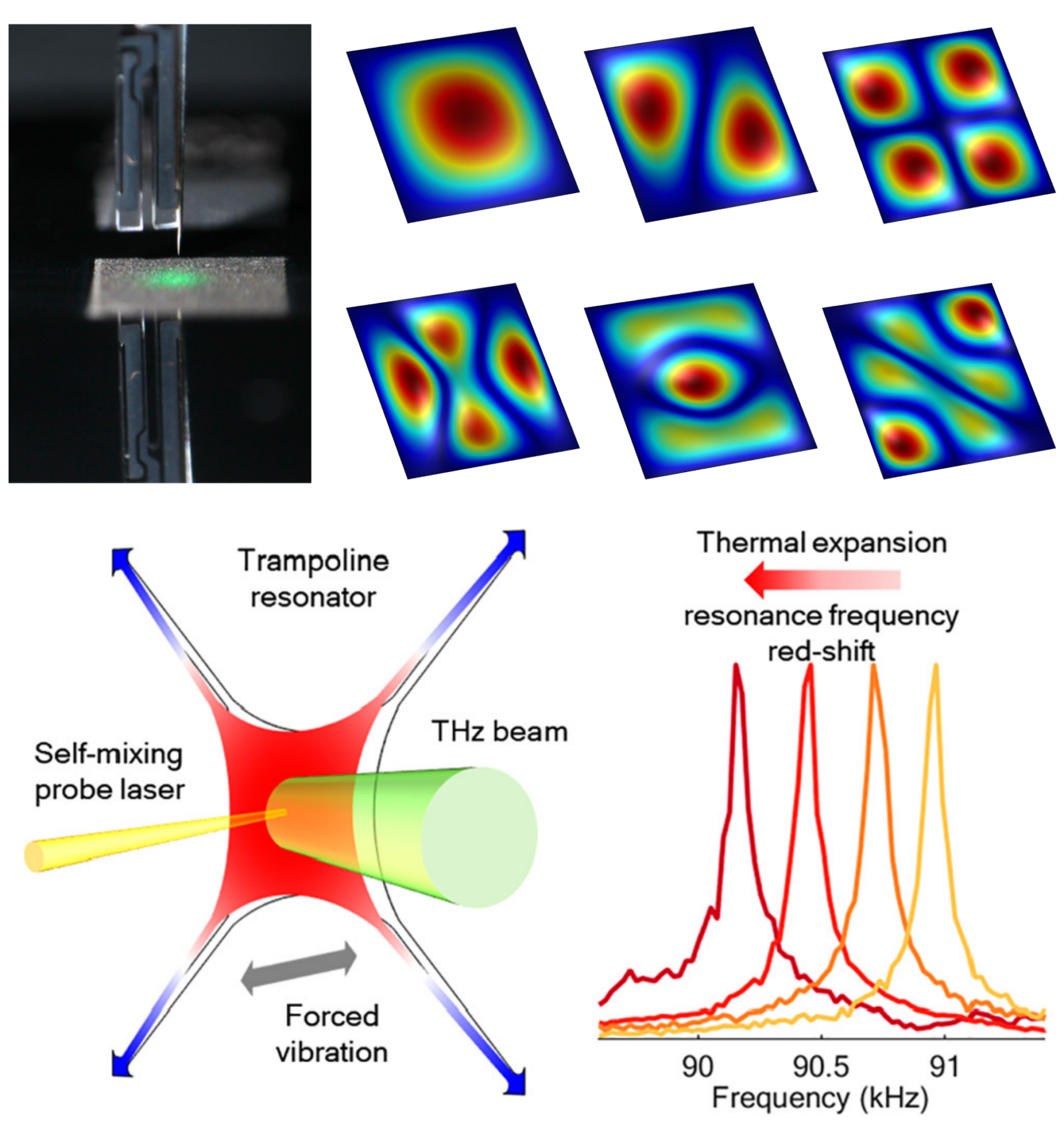
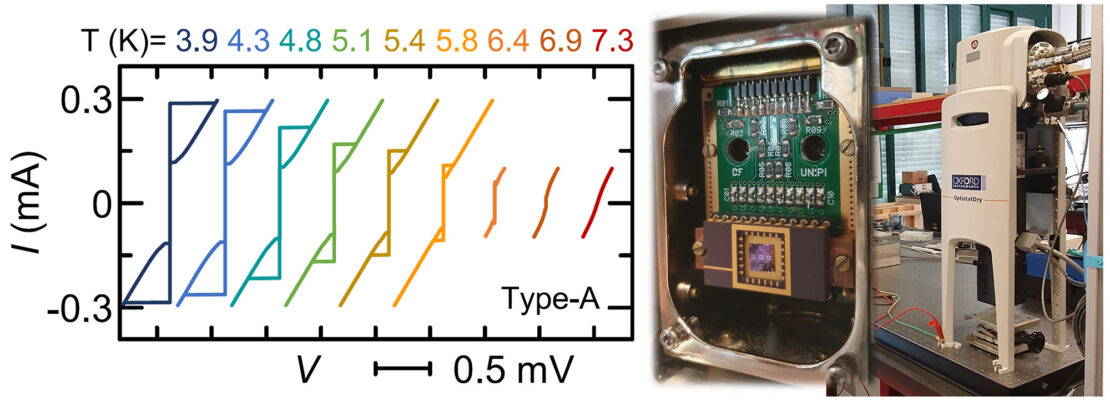
Nanomaterials
The possibility to design and realize artificial materials with nanometric control and precision on composition and size, and therefore with properties and functionalities otherwise unobtainable, opens up enormous possibilities in a wide range of fields, from the manufacturing industry, to energy sustainability and green economy, to medicine. In this field, the research conducted here includes: thermoelectric and piezoelectric nanomaterials (nanofibers) for the extraction of energy from the environment; study of graphene and other 2D materials for the engineering of deformations and their use as sensors of physical-chemical parameters; laser nanocrystals, plasmonics and applications of near-field microscopy; optical metasurfaces and metamaterials also realized with 3D printing techniques.

Soft-matter, biosystems and complexity
The study of systems far from equilibrium, disordered or that require a “collective” treatment is one of the most interdisciplinary and wide-impact areas of recent physics. In this field the research here carried out invests: the physics of polymers and hydrogels and related applications (micro/nano-fluidics, aging of materials, etc.), glass transition and crystallization phenomena; the dynamics of proteins and other molecules of biological interest and the development/use of superresolution microscopy; chaotic and/or non-linear systems and networks (neural networks, social and economic networks, climate physics).

